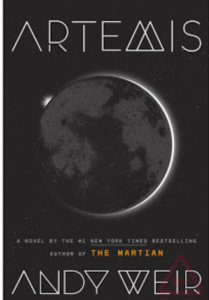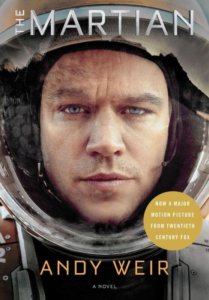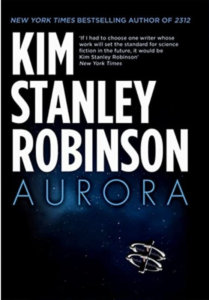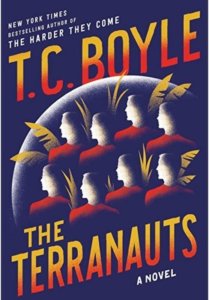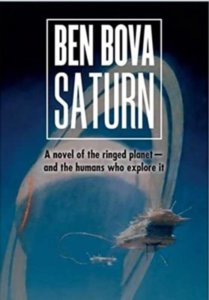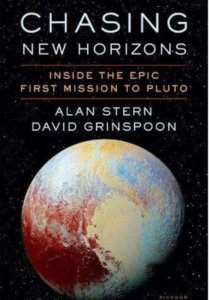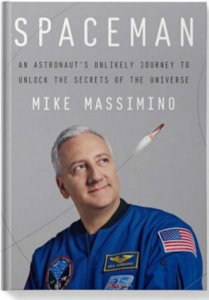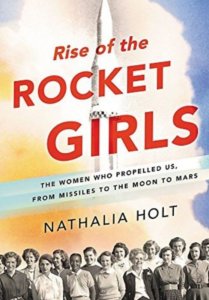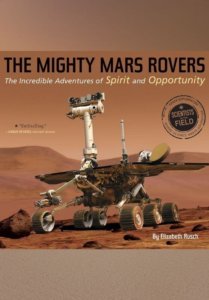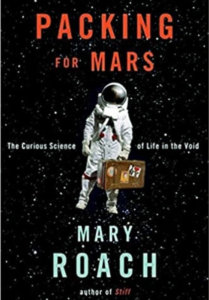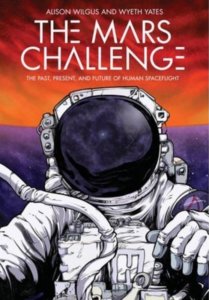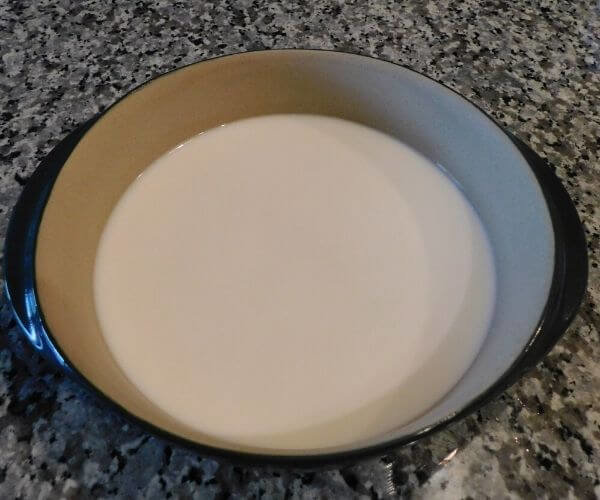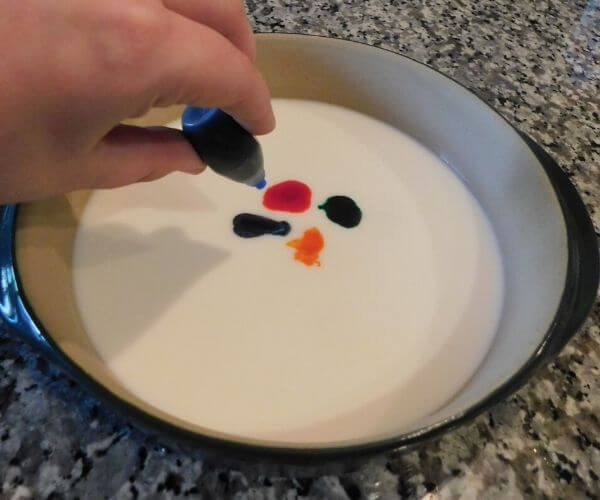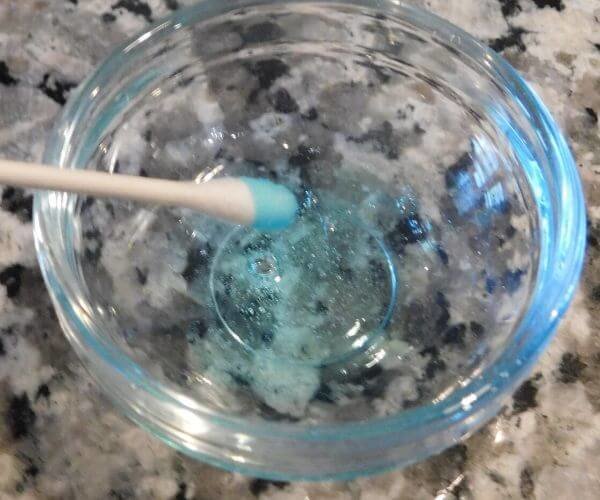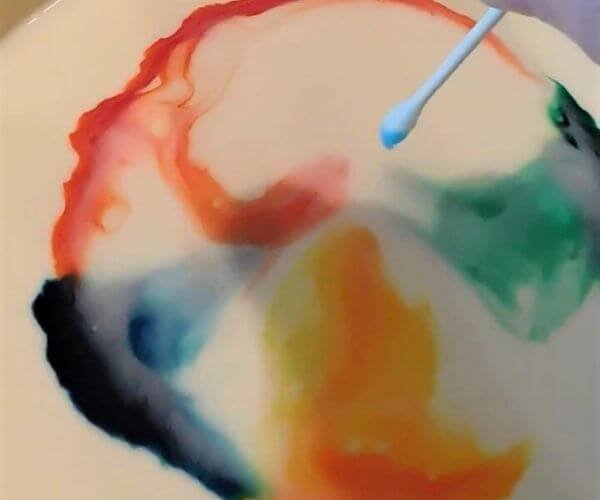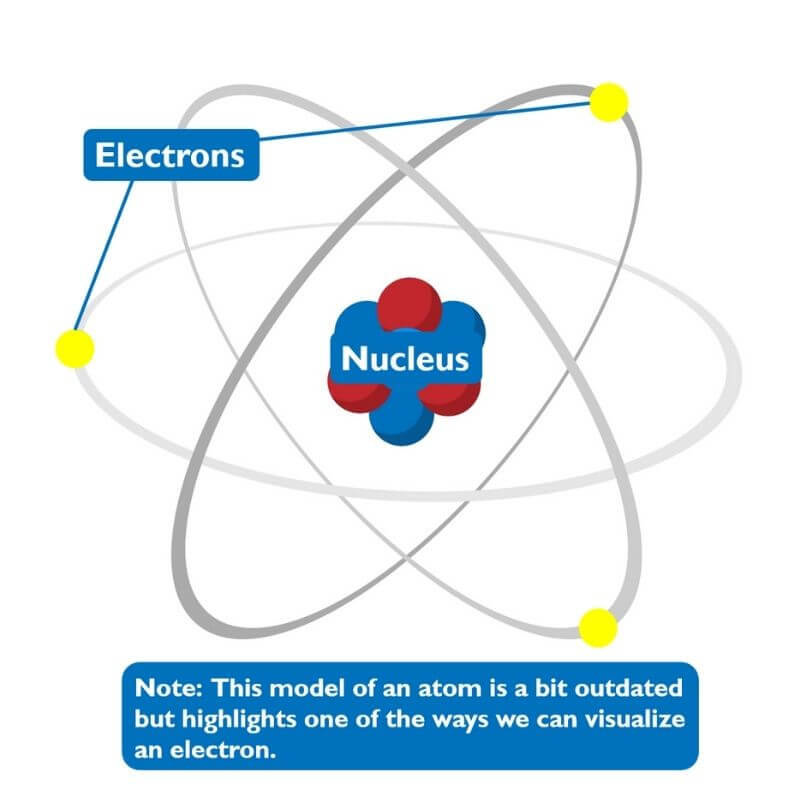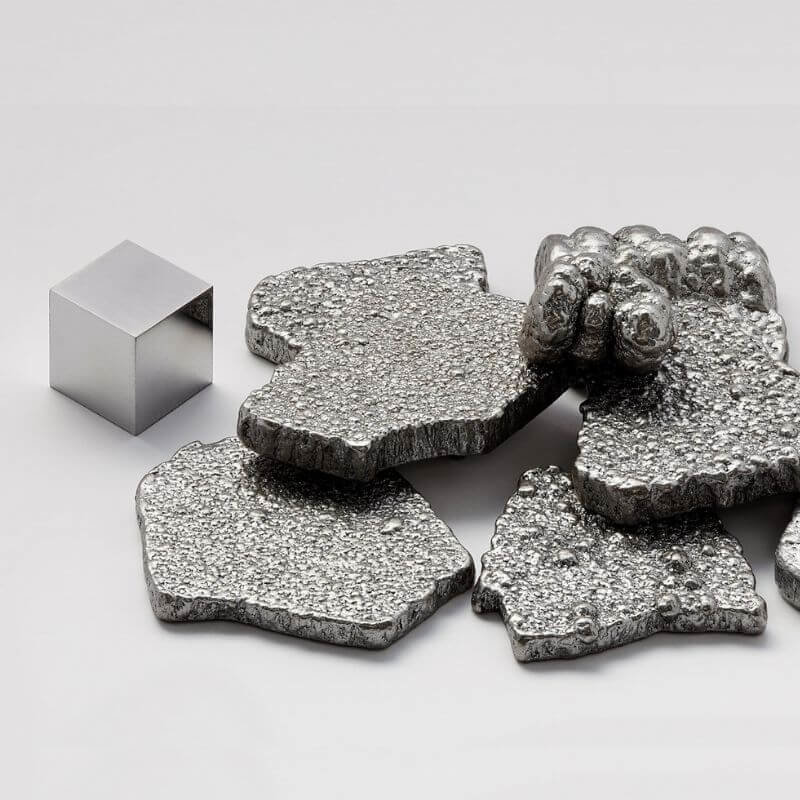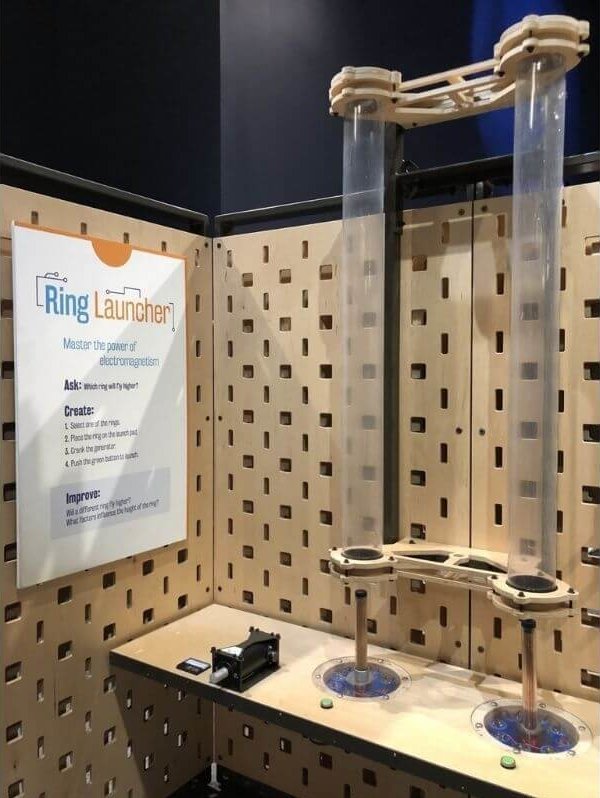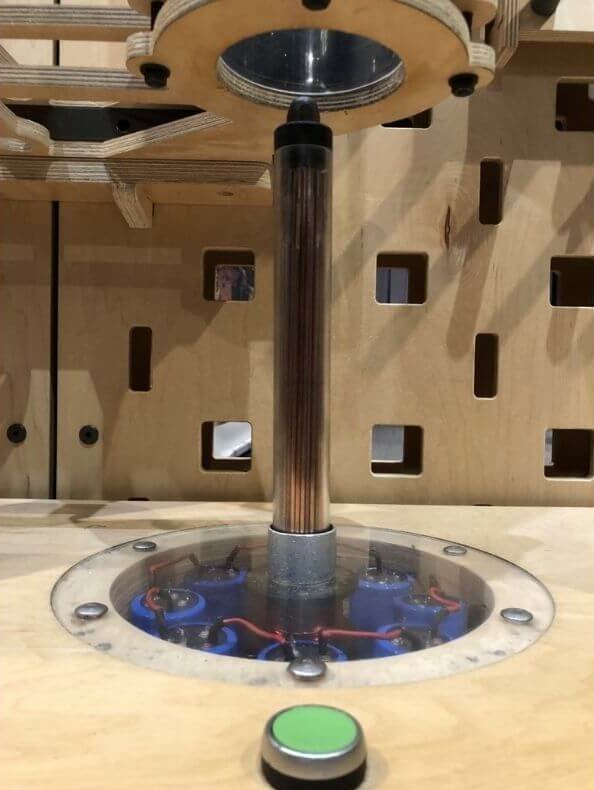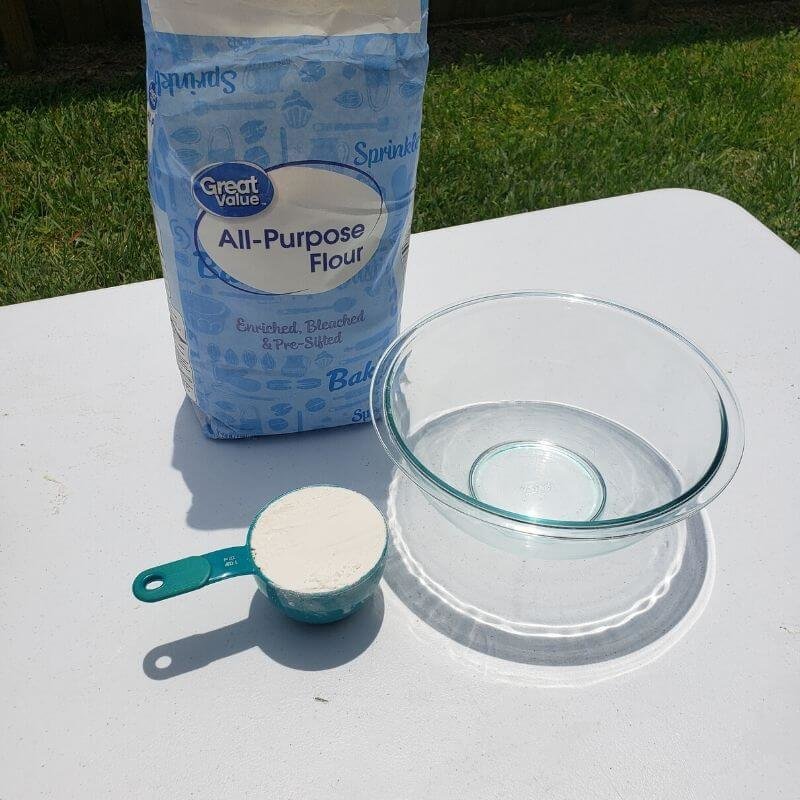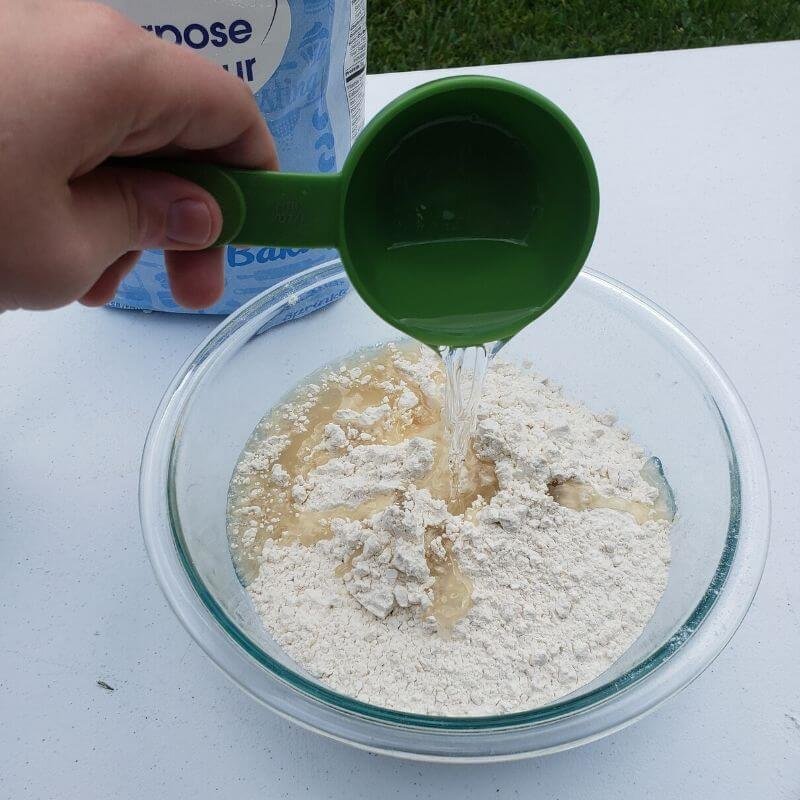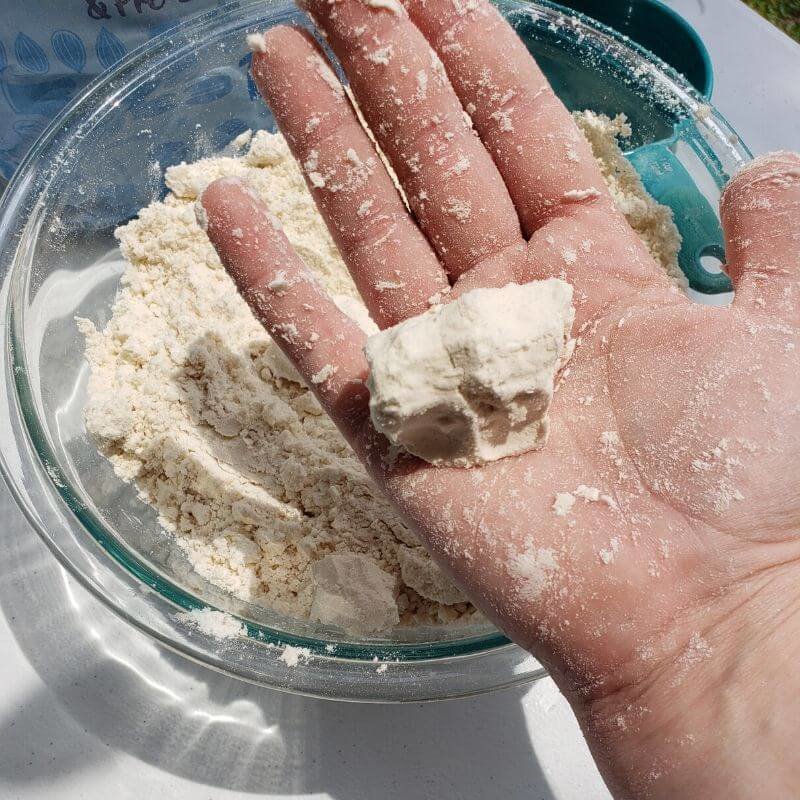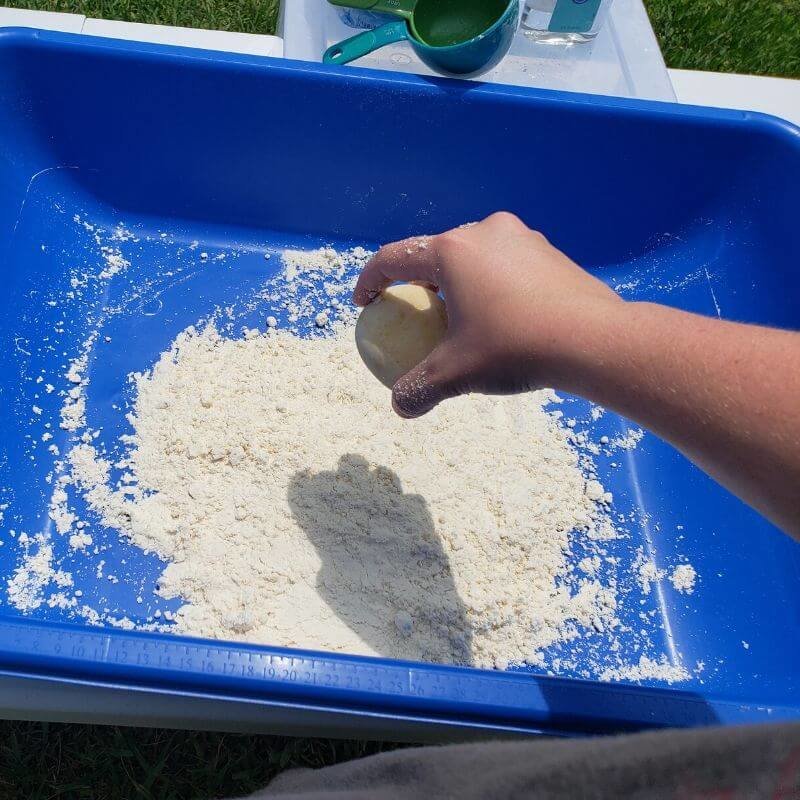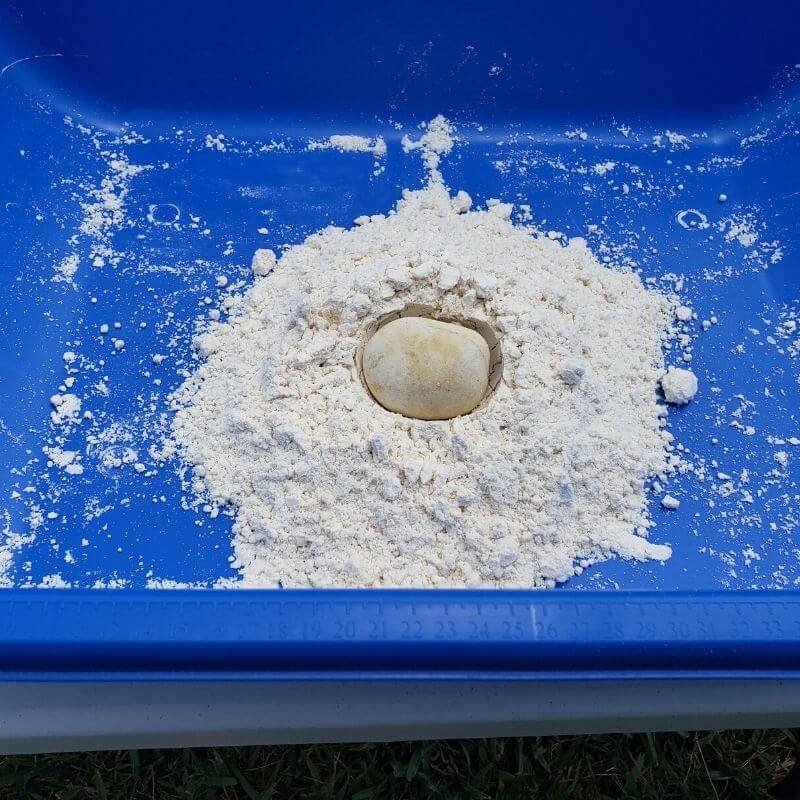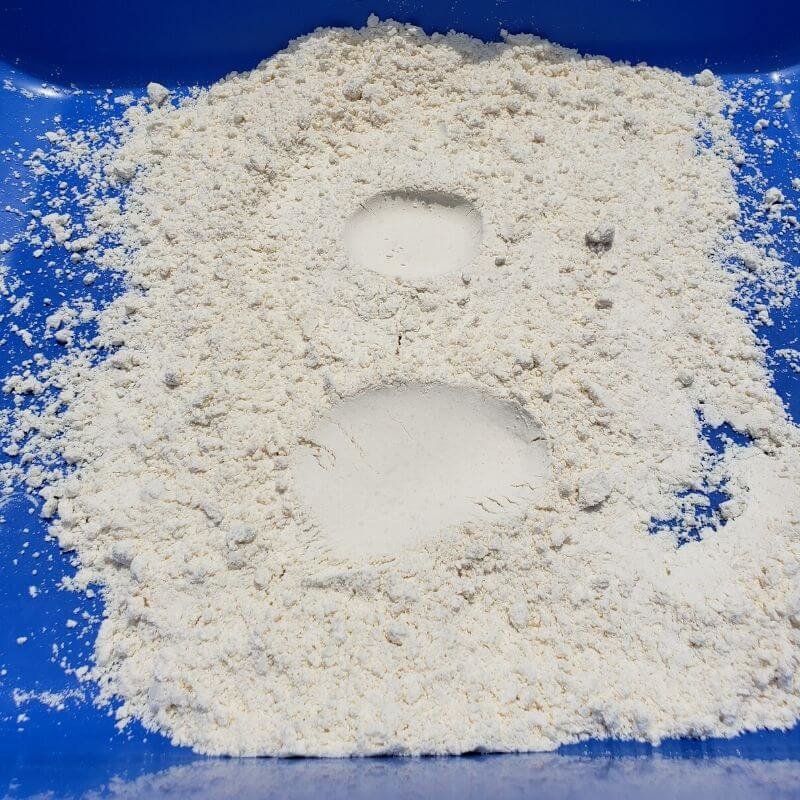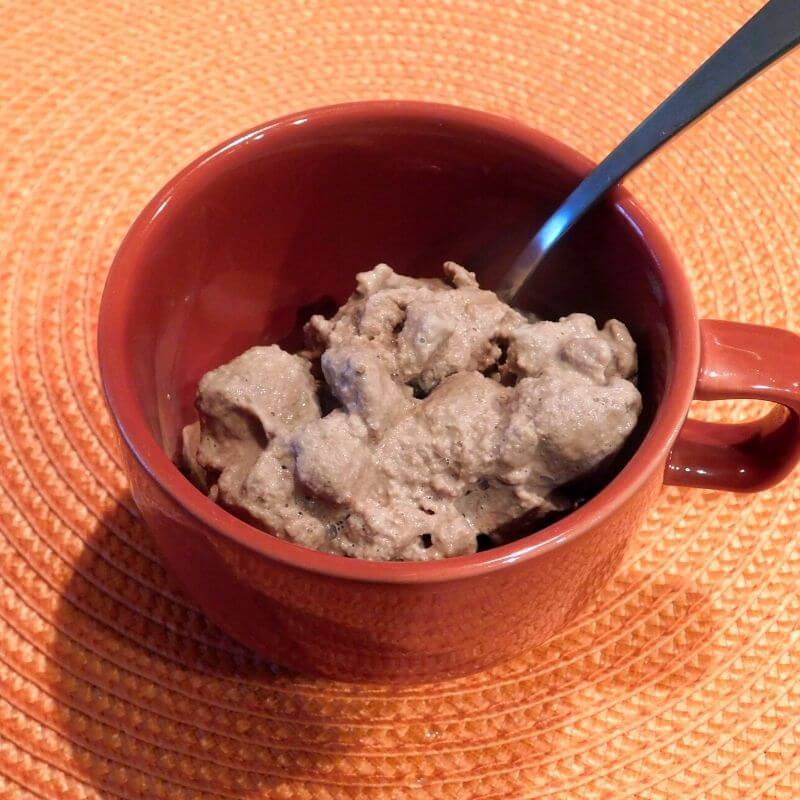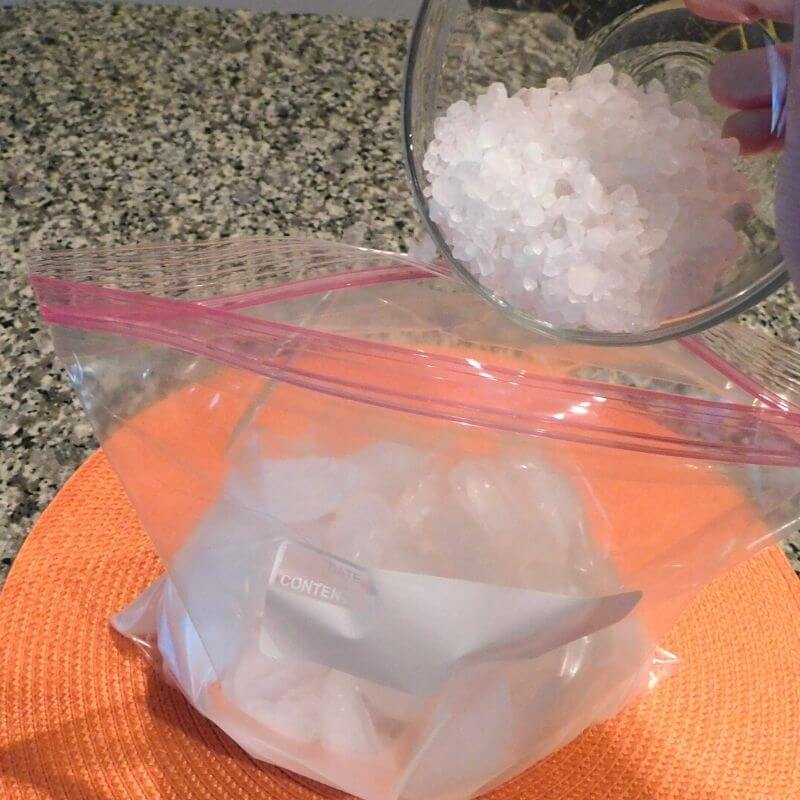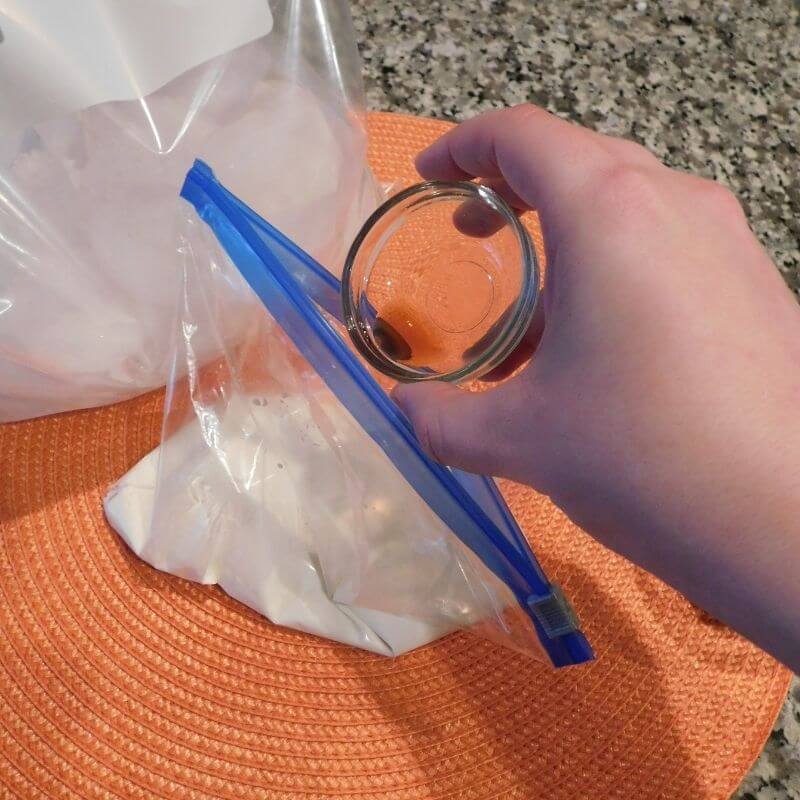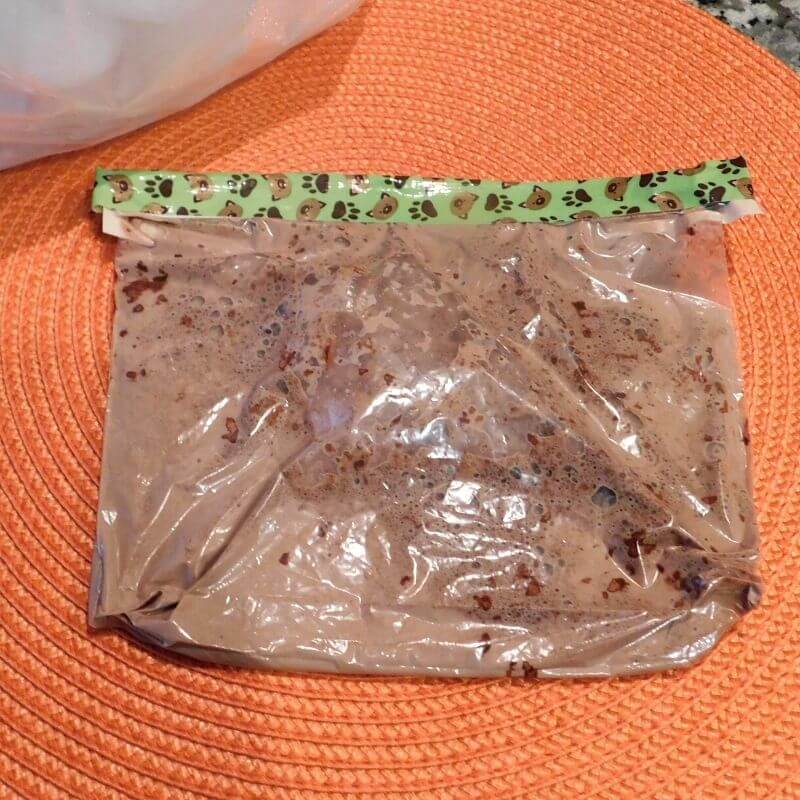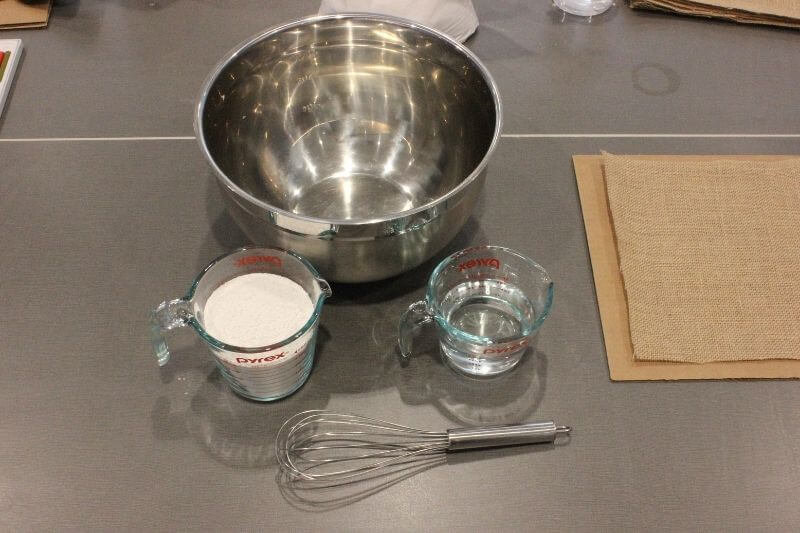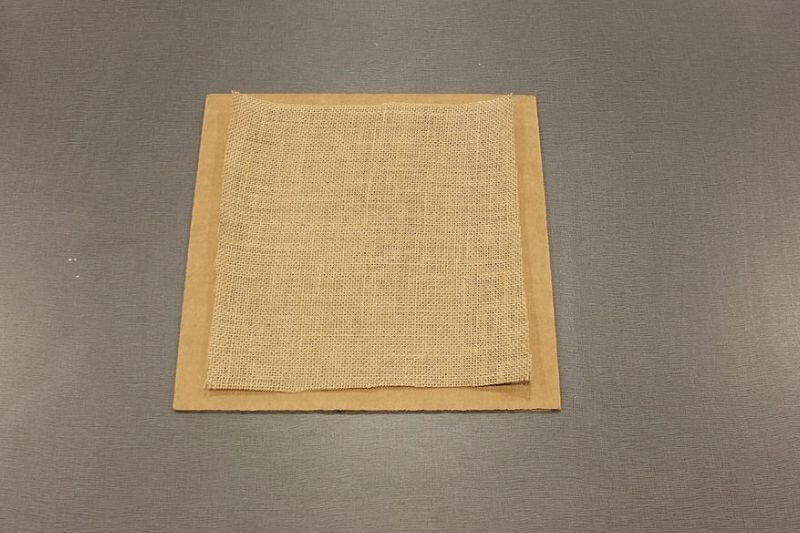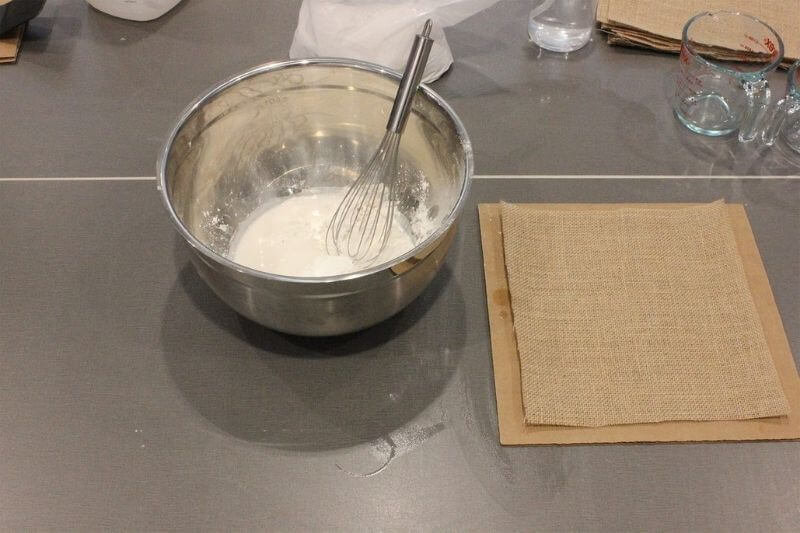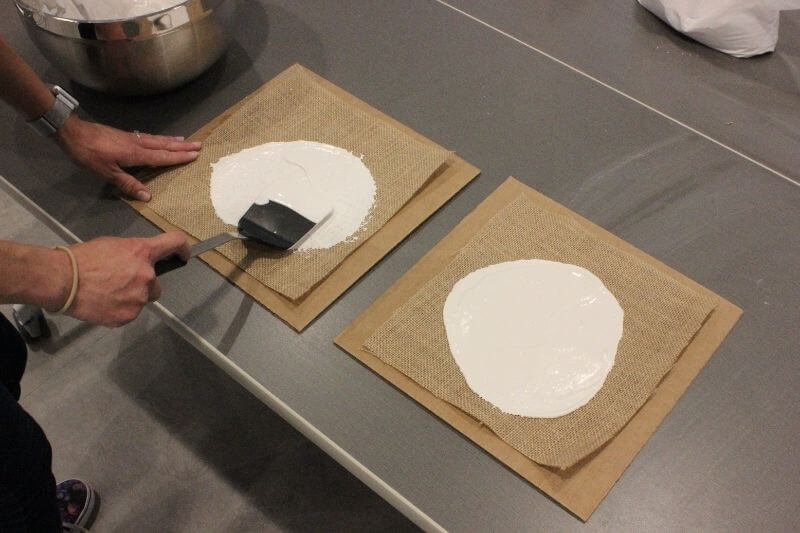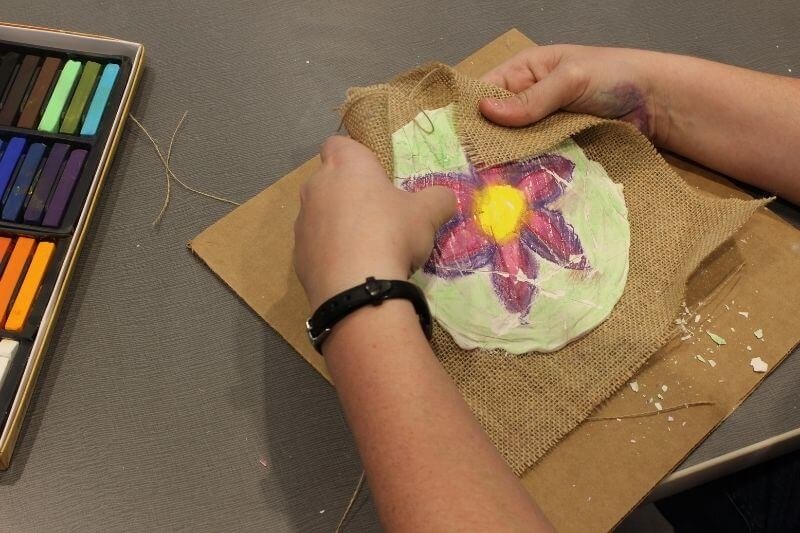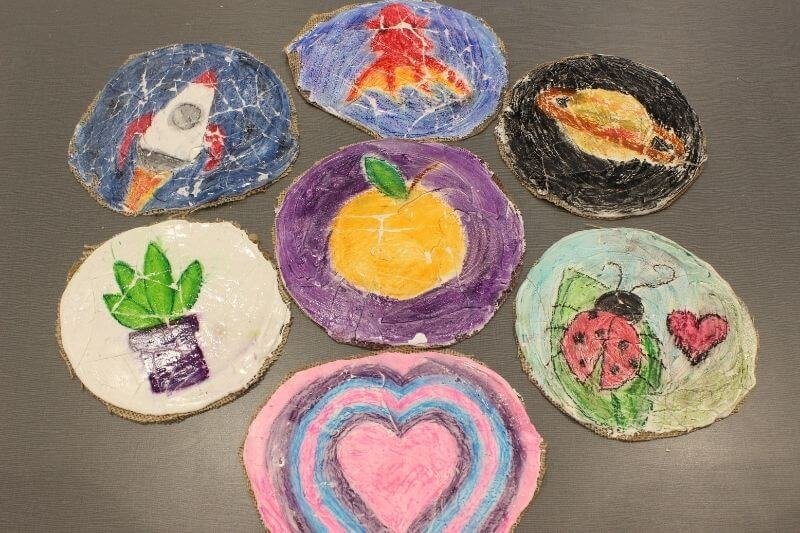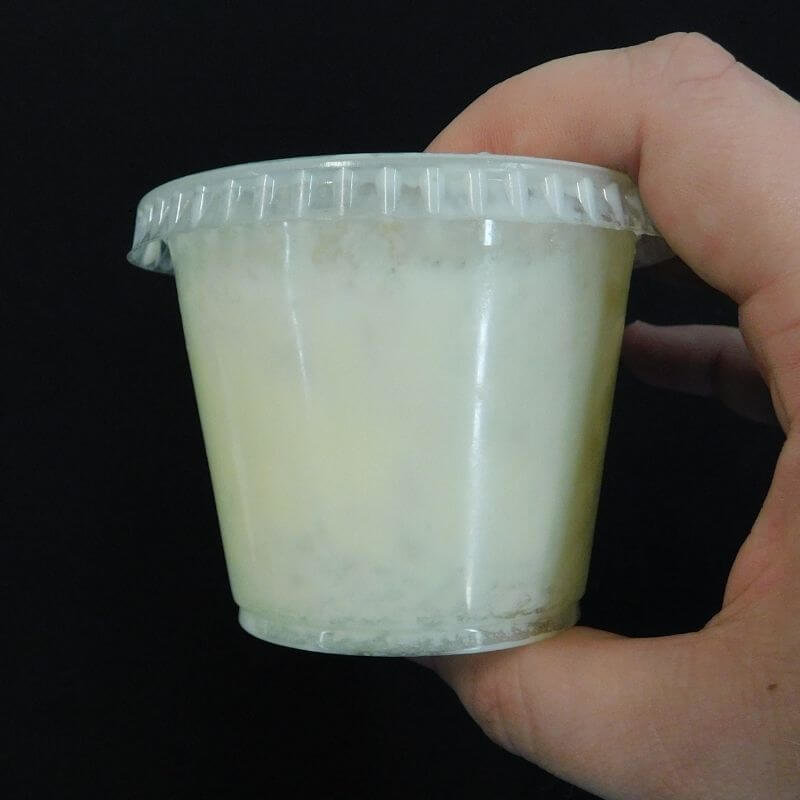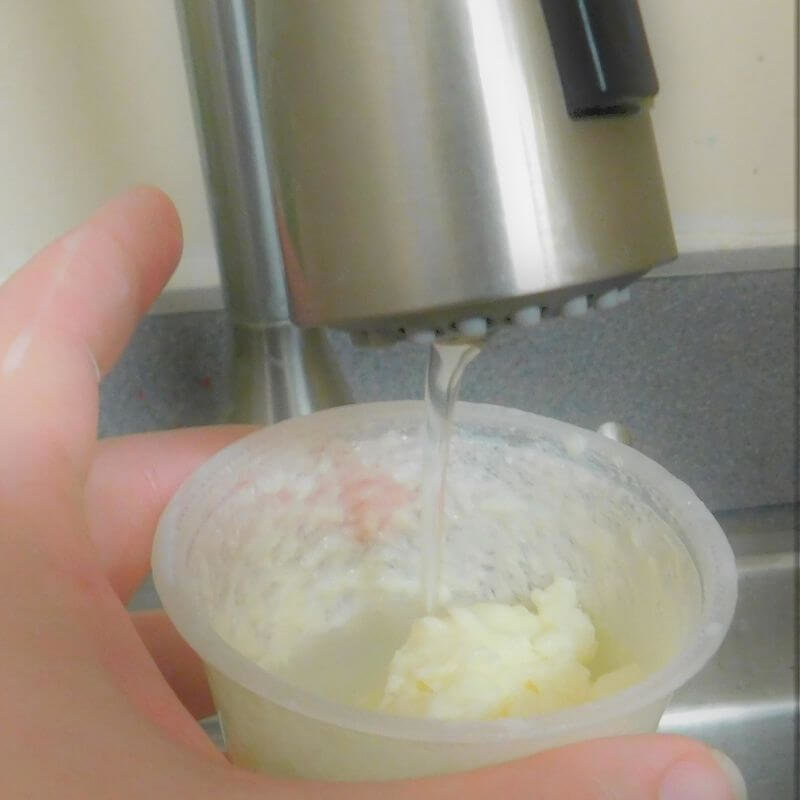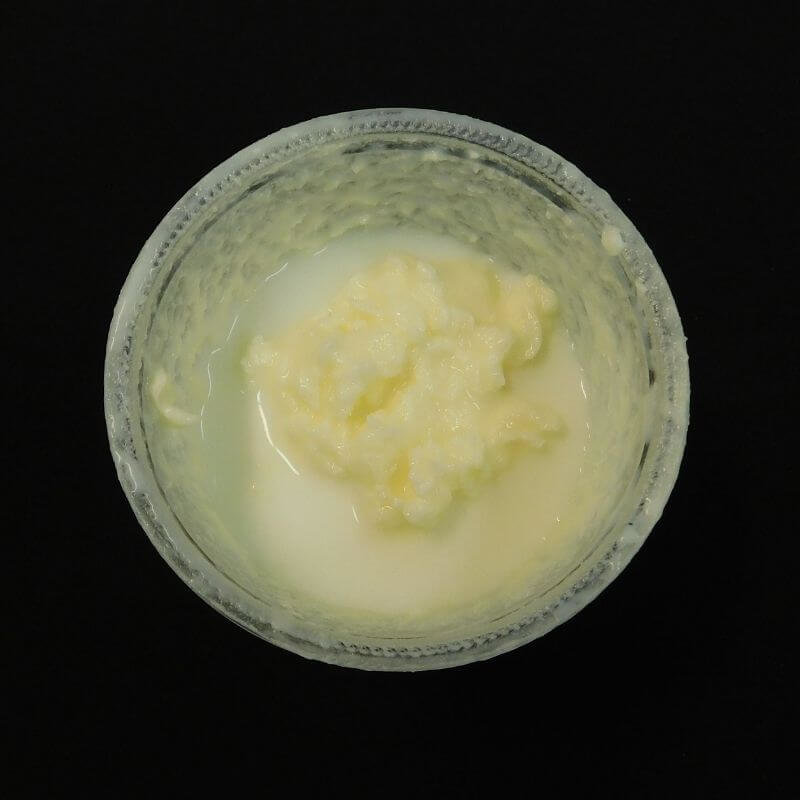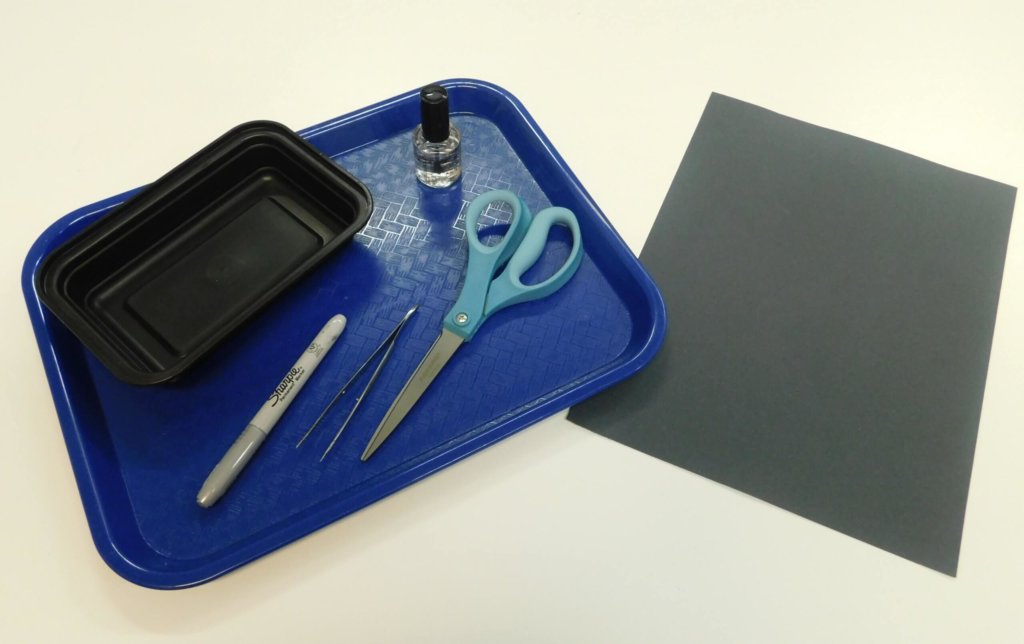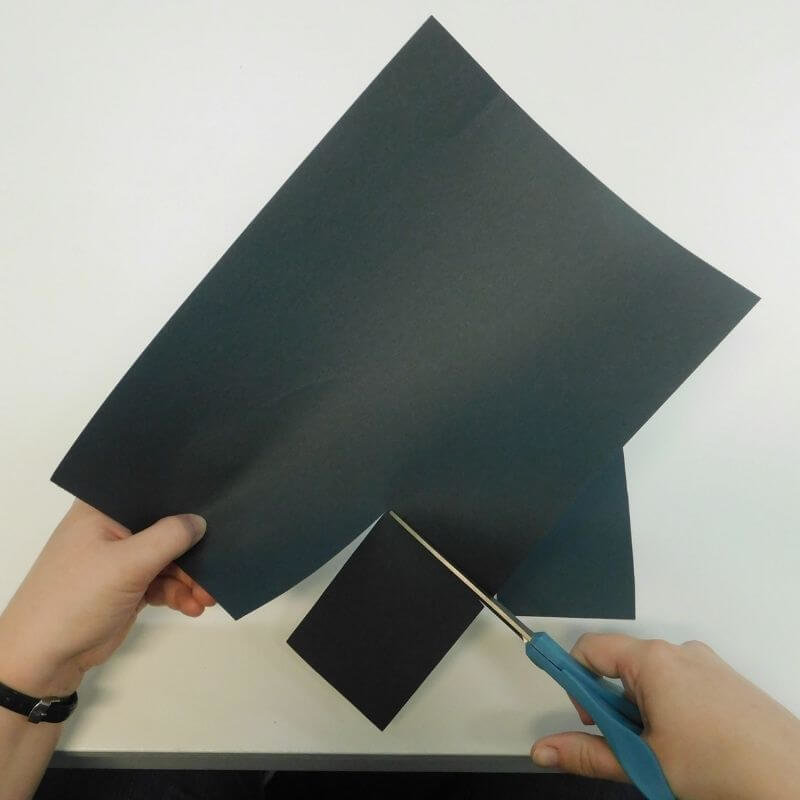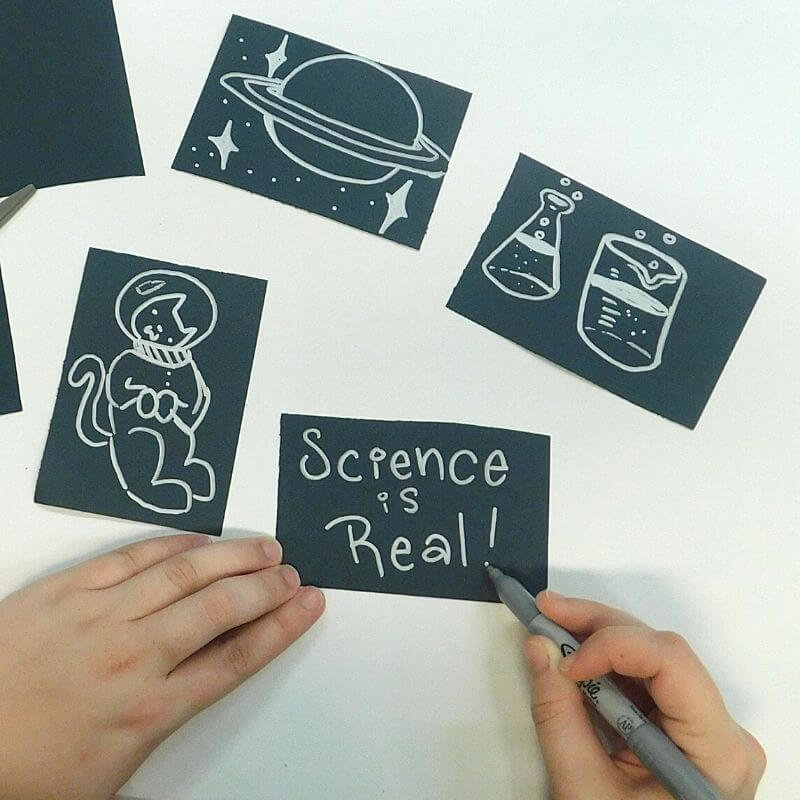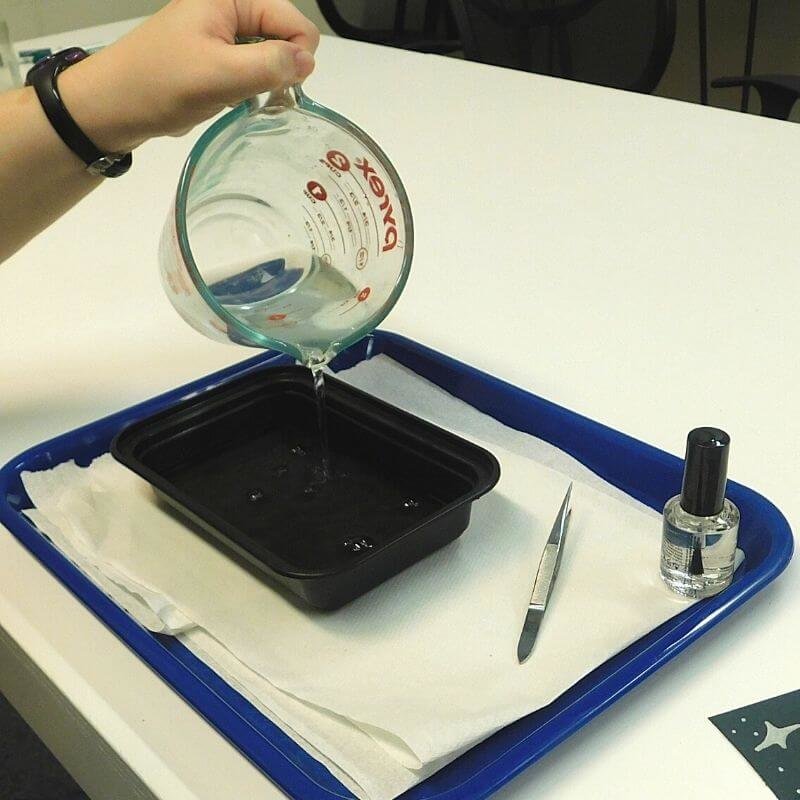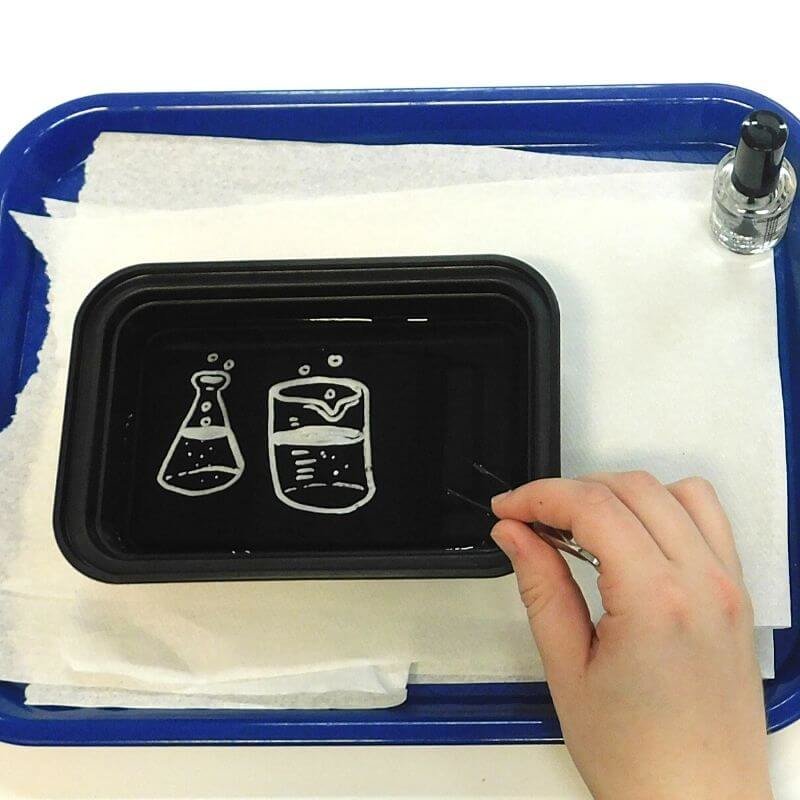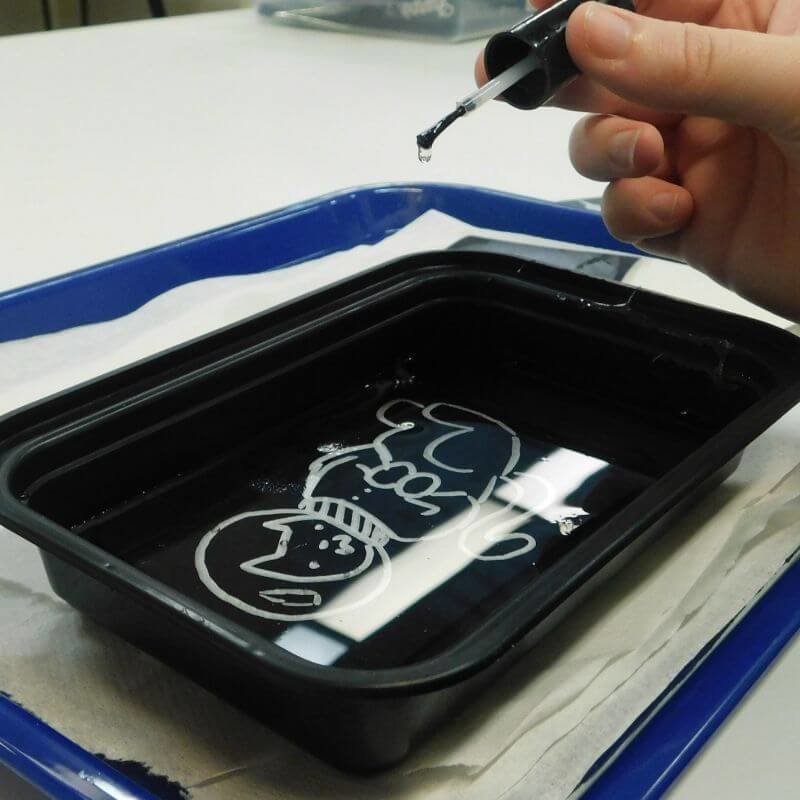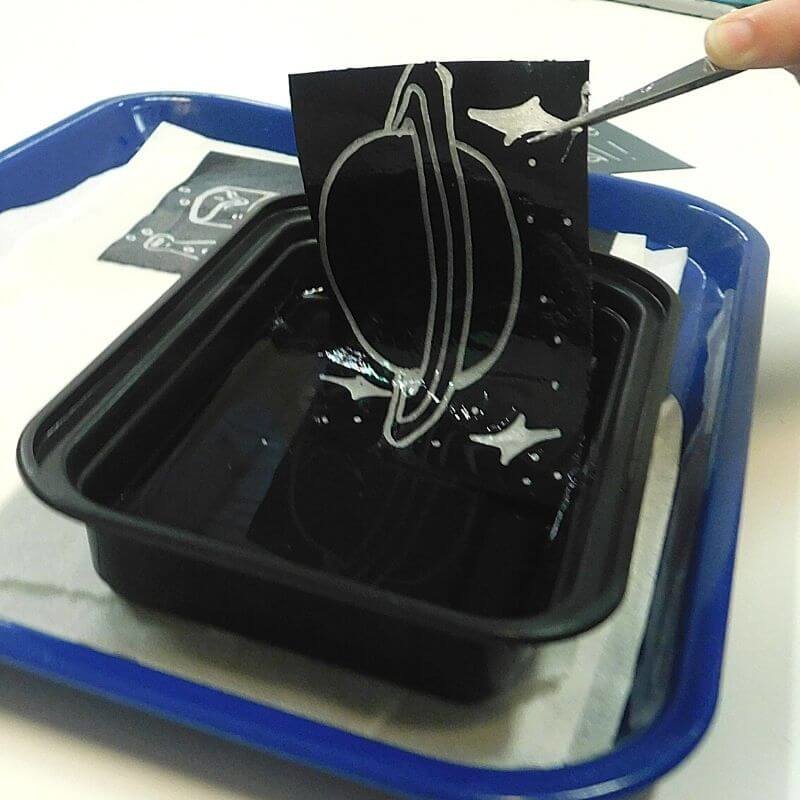We'd like to thank our partner, Florida Prepaid, for sponsoring this colorful activity! Today’s young scientists are tomorrow’s college graduates. Saving early for college sends your child a powerful message that you believe in their future — and want them to avoid debt later. Learn more about Florida Prepaid’s College Savings Plan at myfloridaprepaid.com.

What if we told you that you could freeze time with just a balloon, tape, and some water? Now what if we showed you how to demonstrate laminar flow at home?
We promise this isn’t CGI magic or a trick of the camera. What you are seeing is a particularly interesting fluid dynamic, which is a scientific way of saying the flow of a fluid (which is any liquid or gas), called laminar flow.
Below we are going to explore the following questions: What is laminar flow? What is laminar flow used for in everyday life? And most importantly, how can you demonstrate laminar flow at home?
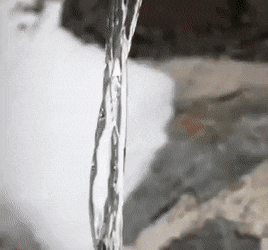
What is Laminar Flow?
Laminar flow is a type of flow pattern of a fluid in which all the particles are flowing in parallel lines, opposed to turbulent flow, where the particles flow in random and chaotic directions. A flow is either turbulent, laminar, or somewhere in between. This is measured by the Reynolds number which is a ratio between velocity (the speed of the flow) and viscosity (how thick or thin the fluid is). The more viscous, or thick, the fluid is the faster it can flow without going turbulent.
What is Laminar Flow Used For?
Laminar flow has a wide range of real-life applications. A type of laminar flow is achieved everyday by pilots. A smooth flight occurs when the flow of the air over an aircraft’s wings is laminar. If the pilot runs into a very turbulent patch of air the wing cannot correct the air to make it laminar, causing turbulence.
A different example of laminar flow occurs everyday inside of you. Blood flowing throughout your body is flowing laminarly.
One last example of laminar flow is syrup, or honey, flowing out the nozzle. Because the liquid is so thick, or viscous, the Reynolds number indicates that the flow is very laminar.
How Can I Demonstrate Laminar Flow at Home?
The following video and steps below it are detailed for you to try and recreate laminar flow at home.
Adult supervision is required as this experiment involves the usage of sharp and potentially dangerous objects.
- Step 1: Gather the following materials:
- One balloon
- Duct Tape or electrical tape
- Water
- A sharp object (to pierce the balloon)
- Step 2: Fill the balloon with water and tie it off.
- Step 3: Make a square on your balloon out of tape.
Make sure you pat down the tape, so it’s smoothly secured. Different sized squares result in different sized flows. - Step 4: With adult assistance pierce the balloon inside the square with your sharp object and watch as the water flows out laminarly!
How did it go? Try taking your own spin on the experiment, does the amount of water change the results? How about where you place the square? Do you think you can get multiple flows to happen on the same balloon?
If you tried to demonstrate laminar flow at home, be sure you submit you photos and videos of your experiments to our Science Showcase here or tag Orlando Science Center on social media and use hashtag #OSCatHome for a chance to be featured on our channels!
Until next time, STAY CURIOUS!
OSC At Home Emails
Get a round up of our latest activities and ideas delivered straight to your inbox so you don't miss a thing!
Support OSC At Home
In these ever-changing times, it is our pleasure to adapt quality Orlando Science Center experiences to engage with everyone while they are safe at home. Please consider supporting our operating fund to ensure we can continue developing resources today and well into the future. Thank you for your generosity and support!

